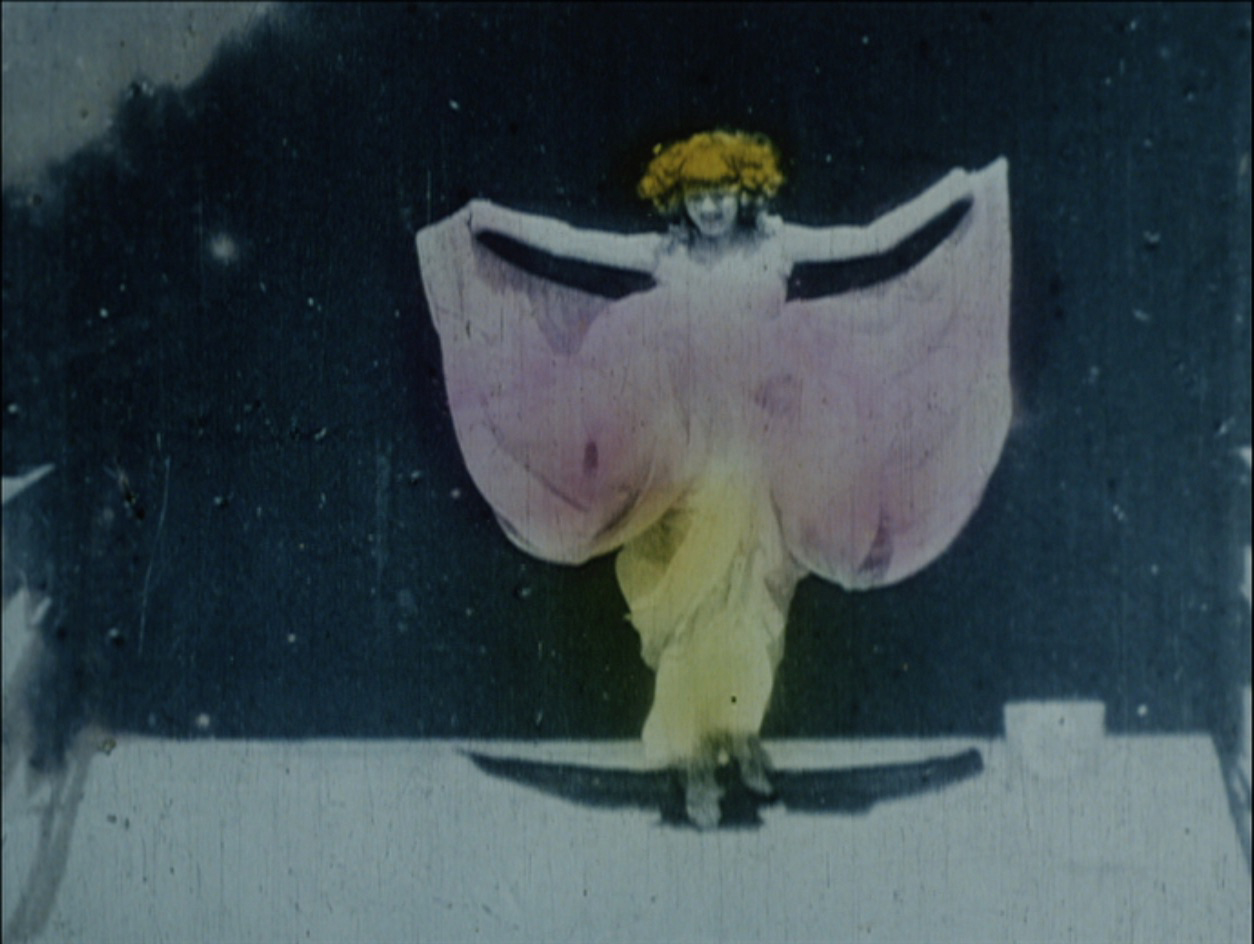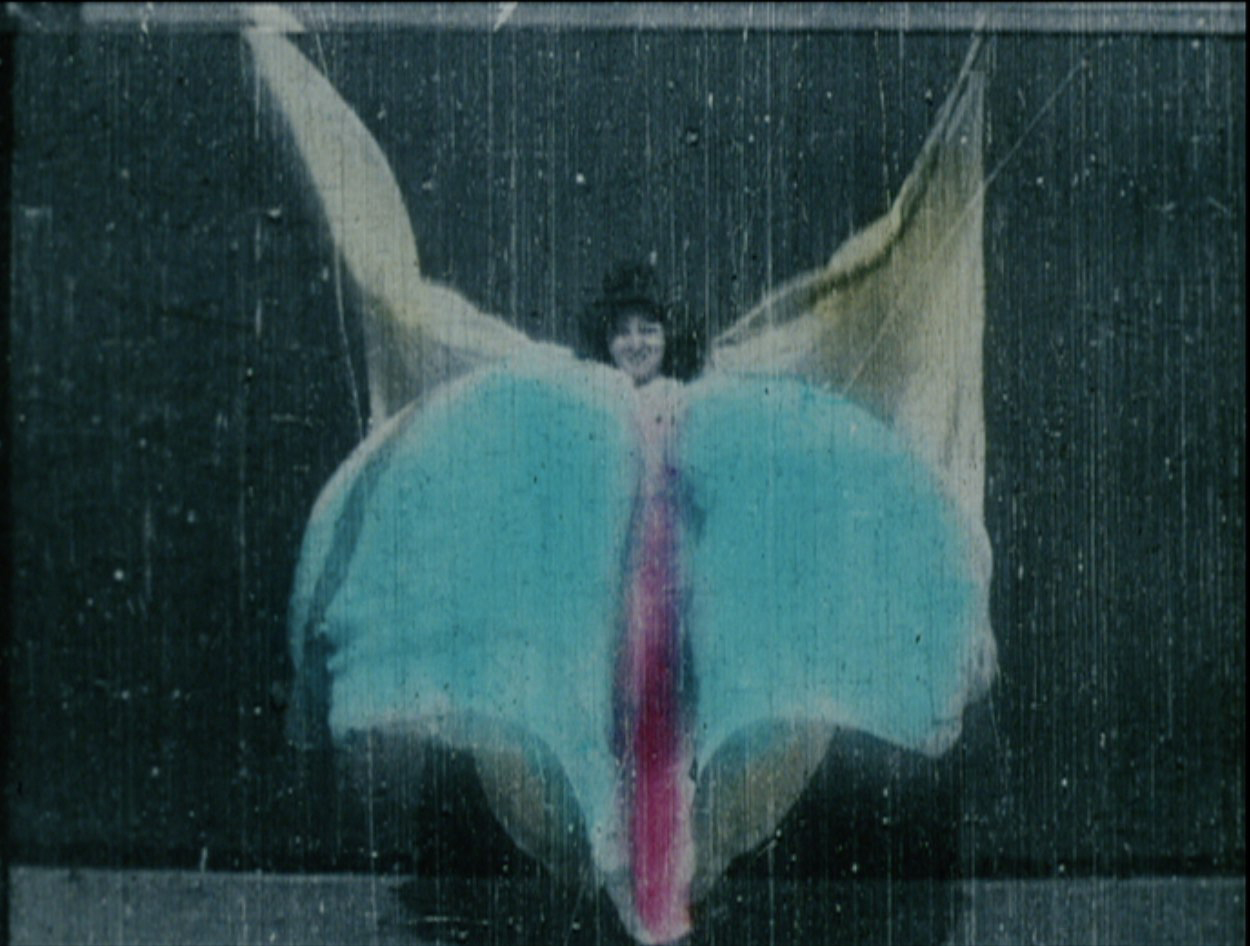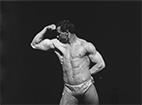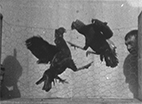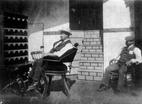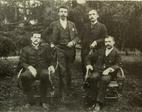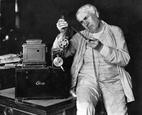Kinetoscopes: Dance Work Play - W.K.L. Dickson
- Unseen Cinema Collection |
- 1893-1898 |
- 6 minutes |
- B&W |
- SILENT
Rental Format(s): Digital File
Co-makers: W.K.L. Dickson, William Heise, and James White
Production: Edison Manufacturing Co. and American Mutoscope & Biograph Co.
Original format: 35mm silent film 1.33:1 with film speeds approximate 30-40fps
Featuring Annabelle Whitford Moore, Eugene Sandow, and others.
Courtesy Library of Congress and Museum of Modern Art
12 films:
Films by James White and William Heise:
Ella Lola, A La Trilby (1898, 31 sec)
Films by W.K.L. Dickson and William Heise:
Annabelle Butterfly Dance #1 (1894, 20 sec)
Annabelle Butterfly Dance #3 (1895, 25 sec)
Serpentine Dance by Annabelle (1896, 23 sec)
Annabelle Serpentine Dance #1 (1894 color tint, 14 sec)
[Crissie Sheridan Serpentine Dance] (1897, 32 sec, x2)
Serpentine Dances #4 (1897 color tint, 48 sec)
Blacksmithing Scene (1893, 27 sec)
Sandow, No.1 (1894, 27 sec)
The Barber Shop (1893, 22 sec)
Cock Fight (1894, 17 sec)
Hornbacker-Murphy Fight (1894, 17 sec)
These brief glimpses were some of the first images captured in America to show us the world in motion. They were viewed one at-a-time through a peephole viewer known as the Kinetoscope machine designed by Thomas Edison for singular viewing. Additionally, the Biograph camera was soon developed, and eventually movie projectors would enlarge the moving picture spectacles onto larger screens for vastly larger audiences. -Bruce Posner
"Annabelle's skirt dances are among the earliest artistic works in film history. Looking directly at us, she turns, crouches, extends her arms, and carves the space of the frame with the multi-hued drapes attached to wands in her hands. There are no edits, no camera movements, just a graceful kinetic invocation." -Robert A. Haller
Annabelle Whitford Moore (1878-1961), one of the first film stars, made her debut at the Columbian Exposition in 1893. She was a featured performer on Broadway when Dickson filmed her in 1894. Her Serpentine and Butterfly Dances were so popular that Dickson filmed her again for the American Mutoscope in 1896. -Paul Spehr
William Kennedy Laurie Dickson (1860-1935), best known as Edison#s assistant in developing the Kinetoscope and Kinetograph, was an important and influential filmmaker. Perhaps, Dickson was the only filmmaker to make films with a camera and a film format (35mm) of his design, in a film studio (Black Maria) that he also designed. He established film production for Edison (1891-1895), American Mutoscope (1896-1897), and British Mutoscope (1897-1903). Working as the director and with assistants such as Heise and Bitzer, he produced more than five hundred films, many of them among the most memorable of the era. -Paul Spehr
James H. White (1872-1944) was a technician working for Raff & Gammon, the distributor for Edison#s Kinetoscope and hired by Edison#s business manager William Gilmore. At Edison Manufacturing, he supervised film production, a position he held until 1903 when he was sent to England to manage Edison#s film business there. -Paul Spehr
William Heise (1847-1910) was Dickson's assistant during experiments on the Kinetophone and trained in photography and operated the camera for the early productions in Edison's Black Maria (1893-1895). When Dickson left Edison in April 1895, Heise stayed and filmed a number of productions with James White. Heise took over direction in October 1896. -Paul Spehr
Edison Manufacturing Co., formed to market products invented by Thomas Edison, handled his motion picture and closely related phonograph business. In 1896, as the Kinetoscope business faltered, Edison appointed William Gilmore to manage the company. Gilmore took distribution out of the hands of independents like Raff & Gammon and Maguire & Baucus. Then Edison began a series of lawsuits to repress competitors. Patent suits dominated the American film market prior to W.W.I and kept Edison the predominant American film company during much of this period. Until recently aesthetic advancements made by Edison's filmmakers have been overshadowed by accounts of the legal wrangling. -Paul Spehr/Bruce Posner
American Mutoscope and Biograph Company (1895-1917), the principal competitor to the Edison Manufacturing Company was established to produce films for their peepshow machine, the Mutoscope. They found that films projected in their large 68mm film format were more popular, and showed them exclusively on their own machines at Keith-Albee's and prominent family-oriented variety theaters. In 1897, Biograph formed affiliated branches in England and several European countries. After 1903, they sold films, of which D.W. Griffith directed hundreds between 1908 and 1913. -Paul Spehr



